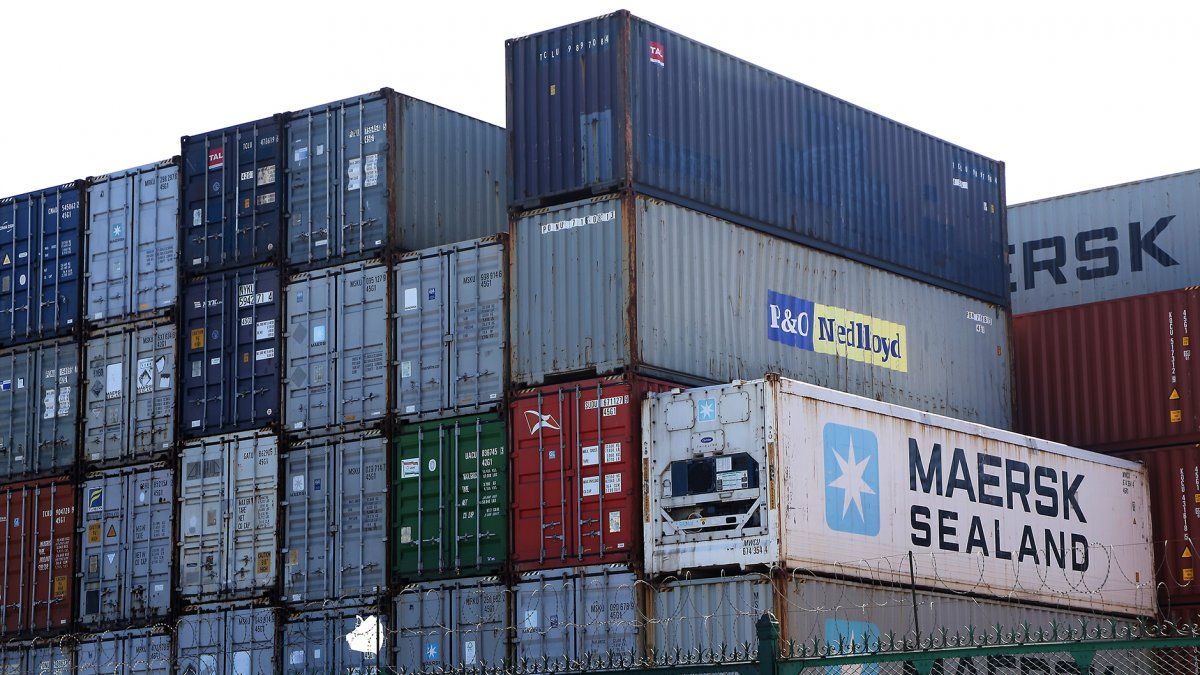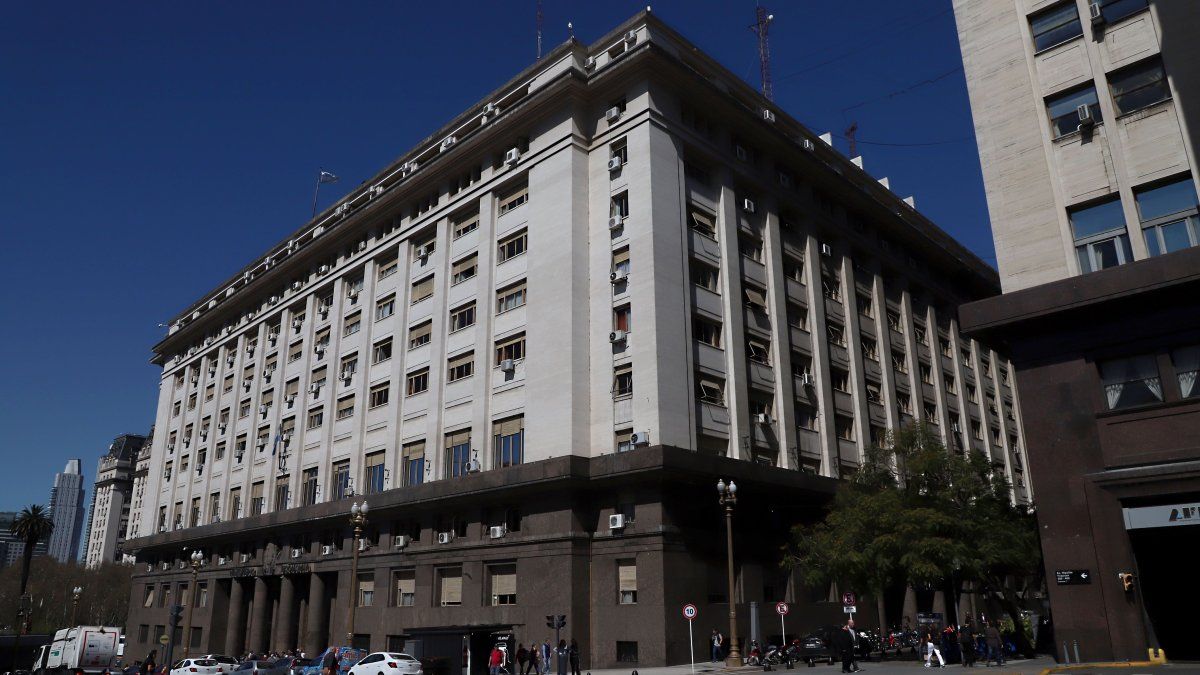While, according to the accrual reported by the National Institute of Statistics and Censuses (INDEC), in the form of the Argentine Commercial Exchange (ICA), a deficit of US$484 million occurred in January, which marks a difference of US$898 million with respect to what the exchange balance indicates.
The explanation has to do with the import control policy that the government has been carrying out since last year. Regarding export receipts, in January the Central Bank received US$323 million less than what was reported by INDEC, while On the import side, US$967 million remained pending payment (including the value of freight). The BCRA points out that “of the total payments for imports of goods observed in January, 84% were made on a deferred basis, 10% as sight payments, and the remaining 6% in advance.”
According to official data, 20% of the total payments for imports of goods in January corresponded to the Chemical, Rubber and Plastic Industry sector, followed by payments from the Automotive Industry sector, representing 19% of the total. The sector with the greatest dynamism was the Automotive Industry, with a year-on-year increase of 46%.
The data shows that at the start of the new period, the Economy Ministry maintains firm control over imports, despite the fact that some private analysts had considered it possible that the government would loosen restrictions somewhat to avoid a sharp drop in activity.
Several chambers in the last week have warned the Government about the serious complications that are arising for companies, especially SMEs, to maintain normal production levels in the absence of inputs.
This was recognized in Neuquén by the Secretary of Industry and Productive Development, Jose Ignacio de Mendiguren, in an act where credits from the Supplier Developers Program of the oil industry were announced. beg He acknowledged that there is “a lack of dollars” but assured that “it is temporary.” “Argentina generates dollars,” he said, by assuring that in 2022 “there was a historical record” of exports.
Beyond that, it is estimated that in 2022 “commercial credit” operations of the order of US$9,000 million remained pending payment. which, in theory, would have to be paid during the current period. For this reason, private sector analysts consider that this year, with a lower inflow of foreign currency as a result of the drought and the early liquidation due to the soybean dollar, the Government will have no other way than to deepen the clamp on imports.
Source: Ambito




